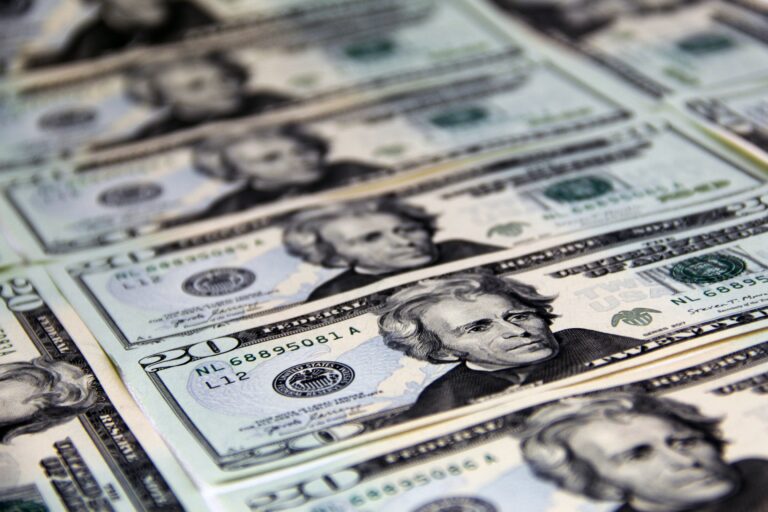
Yellen’s hurdle
Discussion and Analysis by Charles Porter:
The Federal Reserve Board’s Chair, Janet Yellen, has serviced in her present office since 2014. Her four-year term ends in February 2018 and her reappointment looks uncertain at best. Regardless of whom the White House appoints as the next Fed Chair and Chairman of the Federal Open Market Committee, the body responsible for setting interest rates, a pivotal moment of Yellen’s appointment in office will fall upon her and the Committee that she is, at least for now, heading.
Dollar weakness was eroded gradually last week, carrying through the weekend, with mild corrections manifesting throughout the middle of this week. This was in considerable part down to the considerable action and apparent hawkish sentiment hidden within the US Fed’s seemingly dovish policy action. The dot plot, a measure published detailing the stance of each of the Federal Open Market Committee members about the future progression of US monetary policy, still suggests a before-year-end tightening of monetary stimulus and the fulfilment of foreboded quantitative easing stimulus.
Quantitative easing has been pursued within the US to try and stimulate the economy using the preferred instrument of monetary policy whilst interest rates have become useless; once they approach the zero-lower bound. However, quantitative easing has ballooned the balance sheet of the federal reserve board immensely, with an estimated 4.5 trillion dollars on account. The indebtedness of a central bank is not a problem, as it may be with a corporate or government institution. Unconstrained purchasing is, after all, the primary capacity of a central bank, differentiating it as a unique form of financial institution.
However, what is problematic is crowding out, whereby central bank purchases are precluding open market demand from realising their assets and artificially inflating the price, or lowering the yield unsustainably within bonds. This can lead to the view that the reduction of monetary policy stimulus is implausible and markets simply could not take over the burden that a central bank has taken upon itself. Therefore, markets can become jittery, especially if they feel the rate of tapering or the cessation of re-investment is excessive.
However, the ultimate tool that a central bank has is not really the interest rate or the capacity to purchase bonds. As our interview within Dr. Waltraud Schelkle of the London School of Economics further attested to, credibility is the real life-line of a central bank. Therefore, the expectations alluded to above must be fulfilled for markets to credibly internalise the forward guidance of a central bank and make their future actions credible.
Evidently, if hard data precludes the central bank from implementing a previously announced or foreboded policy action, i.e. if the action would be damaging to the present economy, then the bank will lose credibility from implementing a previous plan anyway. Central banking therefore frequently appears as a juggling act of expectations and pragmatism, as much as economics.
This afternoon, at 13:30BST, the Bureau of Labour Statistics will produce a Consumer Price Index report detailing the inflation characteristics within the US economy. Given that the mandate of a central bank is orientated around the inflation rate and price stability, this will be one of such hard data that will, to a significant extent, determine how the Fed’s juggling act plays out. The decision that Yellen’s Federal Open Market Committee takes will set a legacy for the next Chair and, for that matter, the members that join this individual according the present Committee vacancies.
Market sensitivity to the inflation rate publication will therefore be high. A higher than anticipated rate of inflation will lead to a strong appreciation of the US dollar. However, a failure of inflation to pick up, a trend that many economists and central bankers have warned about, will cause a shock depreciation while the potential reward of a future higher rate of interest is priced out of US Dollar currency pairs. Individuals exposed to or looking to gain exposure to the US Dollar will be well advised to pay close attention to this afternoon’s publication.
While the labour market report published at the end of last week is usually a good indicator of price level mechanisms, the distortions within that data due to the natural disasters that the US has recently suffered may weaken it as a predictor of the macroeconomy and inflation. The report showed payrolls worsening yet the rate of unemployment falling; an apparently contradictory result. Whilst market sensitivity might be diminished by expected inaccuracies and the attested ambivalence to present low inflation within the Committee, the aforementioned expectations still stand.
Related Insights

Daily Brief – Weak foundations
Weak foundations After a rally of around 15% year to date, there is significant cognitive and technical room for consolidation within EURUSD. Implied volatility has been rising given the macroeconomic backdrop that markets have encountered this year. Even within such an environment, a 15% rally in the market’s most traded instrument is still enormous. But […]

Daily Brief – Weren’t Tariffs USD Negative?
Weren’t Tariffs USD Negative? The Dollar proved sensitive to headlines regarding trade during the US overnight session. However, contrary to what many commentaries would have you believe, as the risk of tariffs escalated the Dollar rose. The 90-day pause following Trump’s April ‘liberation day’ tariffs had been set to expire this coming Wednesday. To the […]

Daily Brief – Dollar Reserves
Dollar Reserves With the passing of Trump’s original deadline for the reimposition of liberation day tariffs yesterday, markets have breathed a sigh of relief. July VIX futures continued to slide lower. Moreover, what may surprise anyone who had been expecting the issue of tariffs to resurface following the passing of Trump’s new deadline, so too […]


 Charles Porter
Charles Porter